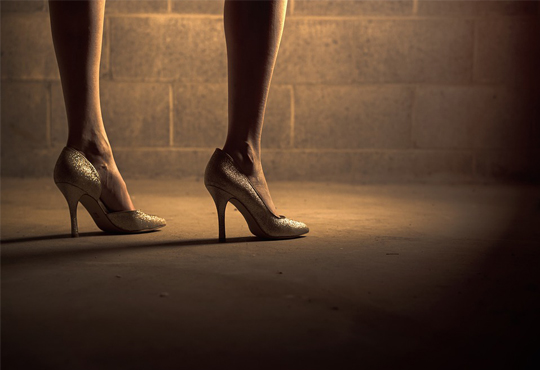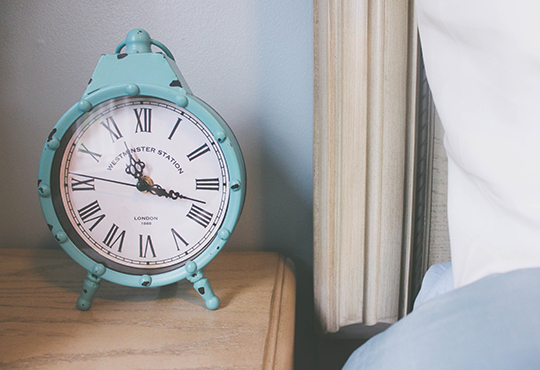
The debate around dressing for work hit the headlines last month, with high heels taking centre stage.
PricewaterhouseCoopers (PwC) came under fire for sending temporary receptionist Nicola Thorp home for not wearing shoes with the required ‘two to four inch heel’. The debate erupted in the press and on social media, culminating with Julia Roberts leading a ‘barefoot rebellion’ at the Cannes Film Festival, which has famously refused entry to women not wearing heels in previous years.
PwC responded by publishing an honest statement setting out their position and steps they were taking to rectify the situation. The company had “learnt the hard way it is critical that the employment policies and values of our supply chain reflect our own. The fact that the debate over high heels at work was sparked by an incident while Ms Thorp was due to work at one of our offices is embarrassing. That’s why we took immediate action with the contractor that employed Ms Thorp.”
And the contractor, Portico? A strange silence. Amid the furore they claimed that Ms Thorp had “signed the appearance guidelines”, which they would now “review”. According to their website Portico ’embrace individuality’ but clearly not when it comes to a woman’s choice in footwear!
Why should women be told to follow such anarchic rules? Nicola Thorp was wearing shoes that were perfectly adequate for an office environment. It begs the question, why can’t women be seen as smart and professional wearing flat shoes? I believe every woman has an ‘ideal’ heel height, determined by her height, balance and whether she can walk in them. Yes, high heels can boost confidence, but this is rapidly undermined if you are struggling to walk, needing to sit at regular intervals or look like you are about to fall over at any minute. With so many heel styles and height options available these days, from loafers, ballet pumps and kitten heels to wedges, block heels and stilettos, there’s an option that will work for almost any woman in almost any work environment.
Incidentally, Ms Thorp’s parliamentary petition on the issue has now reached over 140,000 signatures, which should guarantee it debating time in the House of Commons. If you haven’t done so, you can sign the petition here.
What are your views?




